
 Flash News
Flash News
DW: Parliamentary elections a decisive test for the EU
SP candidate money in exchange for votes? Police prosecute the person who denounced him with video
Prokuroria kërkon tre burgime të përjetshëm për Dan Hutrën
Two days before the elections, the government forgives all the fines imposed from January 2015 to November 2024
"Giro d'Italia 2025" tomorrow in Vlora/ Police announce traffic and parking measures for citizens
The Illusion of Economic Growth: How Exchange Rates and Inflation Hide the Truth of GDP Per Capita in Albania
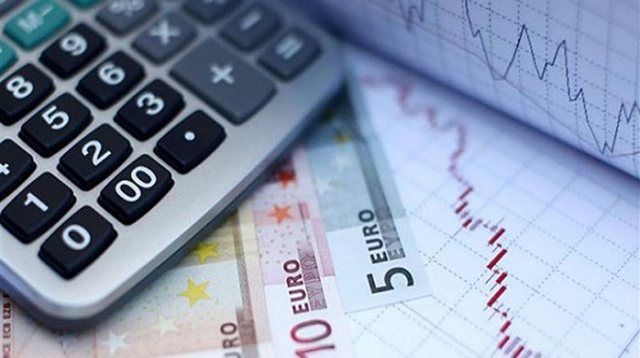
Has Albania become richer or is the lek simply stronger?
This is the question at the heart of an analysis that breaks down the government’s optimistic figures for the growth of Gross Domestic Product (GDP) per capita over the past decade. From 3,552 euros per capita in 2013 to over 10,000 euros in 2024 — it sounds like an extraordinary success. The government has missed no opportunity to loudly proclaim this phenomenal achievement of tripling GDP per capita with colorful graphics. But is it really so?
In an official news release from 2019 (link attached), the public is informed that: Per capita income from 2013 to 2019 increased by 27.2%. So if we believe the government's optimistic figures from 2019 to 2024, GDP per capita has increased by 272.8%. It is probably not necessary to point out that if GDP per capita has tripled, then in the period 2019-2024 per capita income has increased 10 times more than in the period 2013-2019. An economic miracle has happened!
A deeper look at the data shows a more cautious picture, where behind the impressive growth lie two main factors that distort the perception of success: the strengthening of the lek against the euro (which requires a separate study) and accumulated inflation.
Stronger Lek, Weaker Euro: An Increase on Paper
In 2013, one euro was worth about 140 lekë. In 2024, this figure has fallen to less than 99 lekë. This depreciation of the euro, against a lek that has strengthened by over 30% during the period, has automatically increased the value of every indicator expressed in euros — including GDP per capita. So, Albania has not necessarily produced more, but simply what it produces now translates into more euros.
If we were to hold the 2013 exchange rate constant, the growth in GDP per capita in euros would be much more modest: from 3,552 euros to about 7,051 euros — that is, about 98% and not 183% as claimed with the current exchange rate.
Inflation: The Invisible Enemy of Real Growth
From 2013 to 2024, prices have increased significantly — an average of about 3.5% per year, with inflationary explosions after 2022. In total, accumulated inflation is estimated at about 40%, which means that the purchasing power of one lek in 2024 is much lower compared to 2013.
When the 2024 GDP per capita is calculated using 2013 lek, the result drops significantly: about 705,091 lek, from 987,128 lek nominally. So, the real growth is only +41.8% in 11 years — far from the growth declared in euros.
Same story with wages: more euros, but not necessarily more bread
The increase in the average salary is another case study that shows the illusion of progress. From 52,080 lekë in 2013 to 98,300 lekë in 2024, it sounds like a significant improvement. Expressed in euros, the increase seems dramatic: from €372 to €1,000. But when calculated in 2013 lekë, it drops to just 70,214 lekë – a real increase of 34.8%, much lower than they try to portray on the surface.
Conclusion: Inflated figures hide modest reality
Economic growth in Albania exists — but it is nowhere near what is described by the figures stated in nominal euros. When we remove the effect of the exchange rate and inflation, a simpler, more modest, but also more reliable truth emerges: real GDP growth per capita during 2013-2024 is around 41.8%, but by no means over 180% as the current government wants to inflate for electoral propaganda.
Recommendation: Time for economic honesty
At a time when perception is everything, it is important that statistics do not turn into propaganda. Institutions should report in the official currency lek, provide realistic analysis of data, and clarify the impact of inflation and exchange rates. Telling the truth in economics is not a weakness — it is a necessity to build trust with citizens./ Vna.al
Latest news


DW: Parliamentary elections a decisive test for the EU
2025-05-09 18:53:03
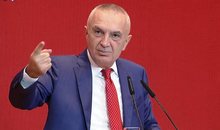
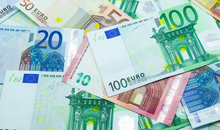
Euro deposits fell by 0.4% during the first quarter of the year
2025-05-09 18:17:43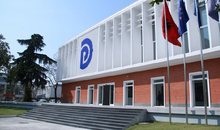

Eurovision 2025: The way qualifying countries are announced changes
2025-05-09 17:54:53
Kosovo/ Famous stylist stabs girlfriend in Pristina, then kills himself
2025-05-09 17:43:40

Prokuroria kërkon tre burgime të përjetshëm për Dan Hutrën
2025-05-09 17:23:51
Election materials arrive in Durrës under strict security measures
2025-05-09 17:11:46

Who will I vote for?
2025-05-09 16:48:25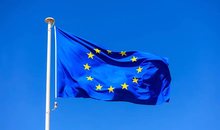


DP: Wanted persons are looking to collect votes for the Socialist Party
2025-05-09 16:02:06

Artan Hoxha: One person was taken hostage for political conflict! SPAK failed
2025-05-09 15:30:17

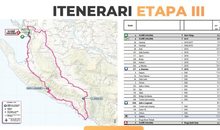
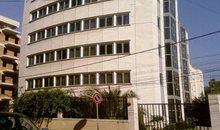

Is Rama ready to become the next Hoxha?
2025-05-09 13:50:12
Election materials arrive in Kukës, Has and Tropoja
2025-05-09 13:30:20
Electoral flight to Vlora
2025-05-09 13:18:04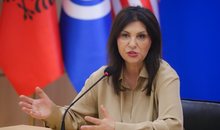

IdentiTek offices open on Saturdays
2025-05-09 13:03:13
Will artificial intelligence help us talk to animals?
2025-05-09 12:55:58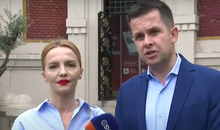
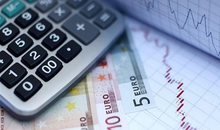
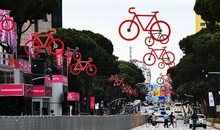

Rama's fourth act: between Brussels and the Mafia
2025-05-09 12:12:47
The body of a 29-year-old man in Klos is found after 6 days
2025-05-09 12:01:27
Berisha: After May 12, this opposition will become the majority in Albania
2025-05-09 11:52:37
Leo XIV celebrates his first Mass as Pope
2025-05-09 11:42:34
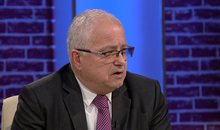
Spaho denounces: SP candidate in Pogradec gives 100 thousand lek for the vote
2025-05-09 11:27:26
Mustafaj: Proud of the worthy campaign of the DP
2025-05-09 11:22:20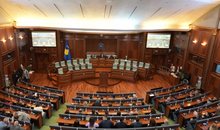
Constitution fails again, Kosovo still without a new Assembly
2025-05-09 11:06:55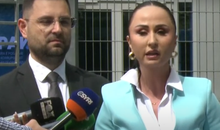





"Votes have no price", the US embassy in Tirana 'slaps' Rama
2025-05-09 10:06:49

Two young men arrested for supplying criminal groups with firearms
2025-05-09 09:45:19
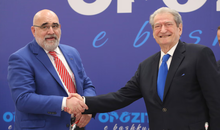



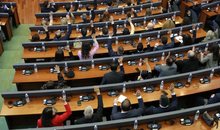

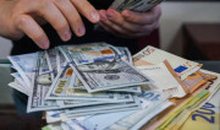
Foreign exchange/ How much foreign currencies are bought and sold today
2025-05-09 08:19:18
The gift that Berisha gave to Rama 'live'
2025-05-09 08:13:51
3 signs that show you are spiritually protected
2025-05-09 08:05:39

Bars can't hold back anymore, start increasing coffee prices, 4.7% more in April
2025-05-09 07:46:49

Horoscope, what do the stars have in store for you today?
2025-05-09 07:22:06
Unstable weather, afternoon brings rain
2025-05-09 07:01:29
Morning Post/ In 2 lines: What mattered yesterday in Albania
2025-05-09 06:45:46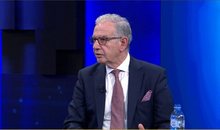

How did LaCivita change the DP campaign? Berisha: He studied the opponent
2025-05-08 22:49:51

David defeats Goliath
2025-05-08 22:15:50

Journalist: There are SPAK infiltrators in party headquarters
2025-05-08 21:55:15
Who is the new Pope?
2025-05-08 21:48:13
Berisha finally reveals when he will retire from politics
2025-05-08 21:33:46


LaCivita in Lezha: Albanians will fire Edi Rama from his job
2025-05-08 21:11:20


Berisha: LaCivita chose us because he believes in Reagan's program
2025-05-08 20:48:40
He rejected America to serve Pogradec, Genti Çela tells about life in "Elevate"
2025-05-08 20:26:28



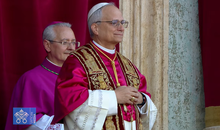
Pope Leo XIV greets the faithful for the first time in St. Peter's Square
2025-05-08 19:29:33




Photo session with LaCivitta in Tirana: For Great Albania
2025-05-08 18:40:18
Source: DASH decision a personal victory for Berisha
2025-05-08 18:30:10
Take off those crazy glasses and see where you've taken him?
2025-05-08 18:02:47
LDK files criminal charges against members of the incumbent Government
2025-05-08 18:02:00






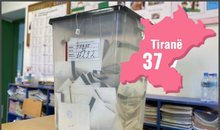
BIRN analysis: Tirana, the determining district for the future majority
2025-05-08 16:04:03
